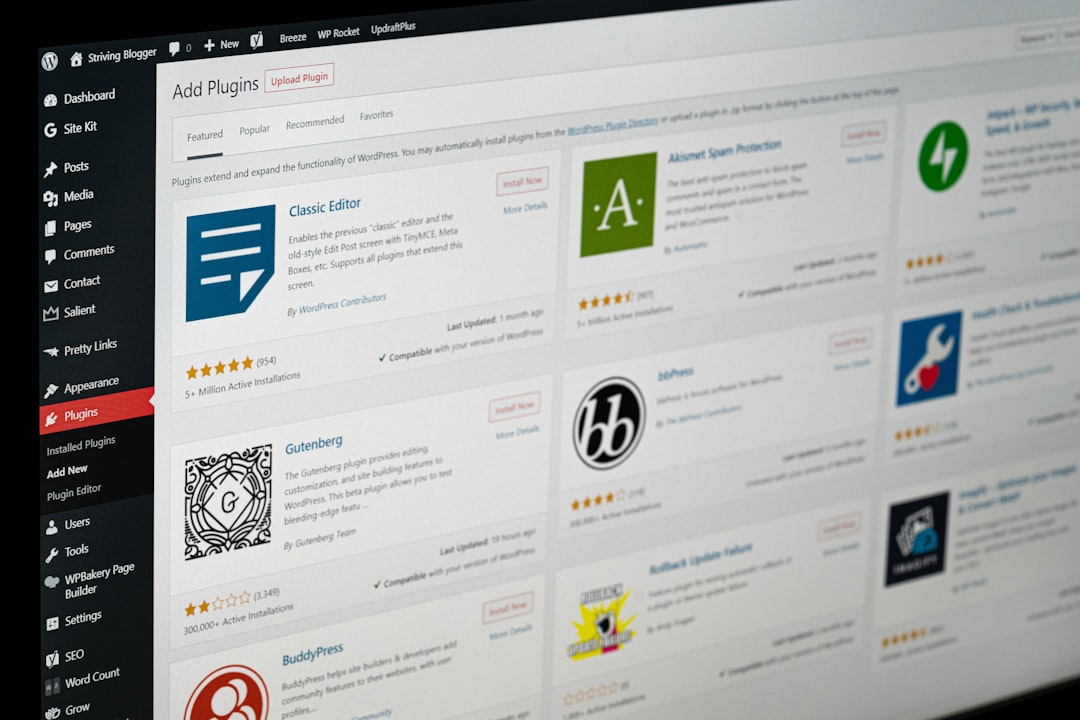In an increasingly digital retail landscape, advertising plays a pivotal role in shaping consumer behavior, influencing sales performance, and defining brand presence. Understanding the nuances between on marketplace and off marketplace sales reveals how advertising strategies must be tailored to distinct environments to yield optimal results.
Contents of Post
Defining On Marketplace vs. Off Marketplace Sales
On marketplace sales refer to transactions that occur within large eCommerce platforms like Amazon, eBay, or Walmart Marketplace. Sellers use these platforms to access a broad customer base, leveraging marketplace infrastructure, such as payment systems, logistics, and search algorithms. Conversely, off marketplace sales occur through a business’s own channels — typically their branded websites, physical store locations, or direct-to-consumer (DTC) platforms like Shopify or BigCommerce.
The Role of Advertising in On Marketplace Sales
When operating within a marketplace, advertising serves a specific function: visibility. These marketplaces are highly competitive, with thousands—even millions—of products vying for consumer attention. Therefore, sellers often depend on internal advertising tools such as:
- Sponsored Products: These ads appear in search results and product pages, increasing discoverability.
- Sponsored Brands and Stores: Used to promote brand awareness in an environment focused on individual product sales.
- Display and Video Ads: These help sellers retarget potential buyers who have shown purchase intent.
Marketplace platforms often offer extensive analytics tools, allowing brands to refine their ads based on behavior patterns and conversion rates. However, the main challenge is differentiating from competitors selling similar or identical items.

Advertising Strategies for Off Marketplace Sales
Off marketplace advertising enables total brand control and a more personalized customer experience. The challenge here is driving traffic to platforms that don’t benefit from the organic exposure of high-traffic marketplaces. Companies must invest in external tactics such as:
- Search Engine Marketing (SEM): Google Ads and Bing Ads drive relevant traffic when potential customers search for related products or services.
- Social Media Advertising: Platforms like Facebook, Instagram, and TikTok allow highly targeted ads based on demographics, behaviors, and interests, reinforcing brand identity.
- Content and Influencer Marketing: By creating valuable content and collaborating with influencers, brands can build trust and attract qualified leads.
- Email Marketing: Retargeting warm leads and nurturing relationships is more feasible with direct contact in off marketplace environments.
Off marketplace advertising also allows businesses to collect customer data directly, a crucial advantage in optimizing future campaigns and building long-term relationships.
Comparative Advantage of Advertising in Each Sales Channel
Each environment offers distinct marketing strengths:
| Aspect | On Marketplace | Off Marketplace |
|---|---|---|
| Customer Data | Limited access | Full ownership |
| Initial Reach | High (due to platform traffic) | Requires investment |
| Brand Building | Limited branding | Full brand control |
| Advertising Tools | Integrated within platform | Broader, more customizable |
While marketplaces offer immediate access to a large audience, they also limit how much control a seller has over the customer journey and branding. Off marketplace sales, in contrast, depend heavily on consistent and strategic advertising to generate traffic but reward sellers with full ownership of the brand and customer experience.

Blending the Two: A Holistic Advertising Approach
Many modern brands use a hybrid advertising model that blends on and off marketplace strategies. For example, a clothing brand might sell staple items on Amazon to capture high-intent search traffic while using social media and influencer marketing to drive traffic to its own website for exclusive collections. This approach diversifies risk, captures market share, and allows for layered advertising strategies.
Consistency across channels is vital. Regardless of the platform, the brand voice, messaging, and imagery must align to create a cohesive customer experience.
Conclusion
Advertising is the bridge between products and buyers, but its execution varies dramatically between on and off marketplace environments. On marketplaces, it’s about visibility and filtration among competitors. Off marketplaces, it’s about storytelling, brand loyalty, and relationship building. To succeed, businesses must understand the dynamics of each environment and apply a balanced, strategic approach tailored to their goals, resources, and target audience.

